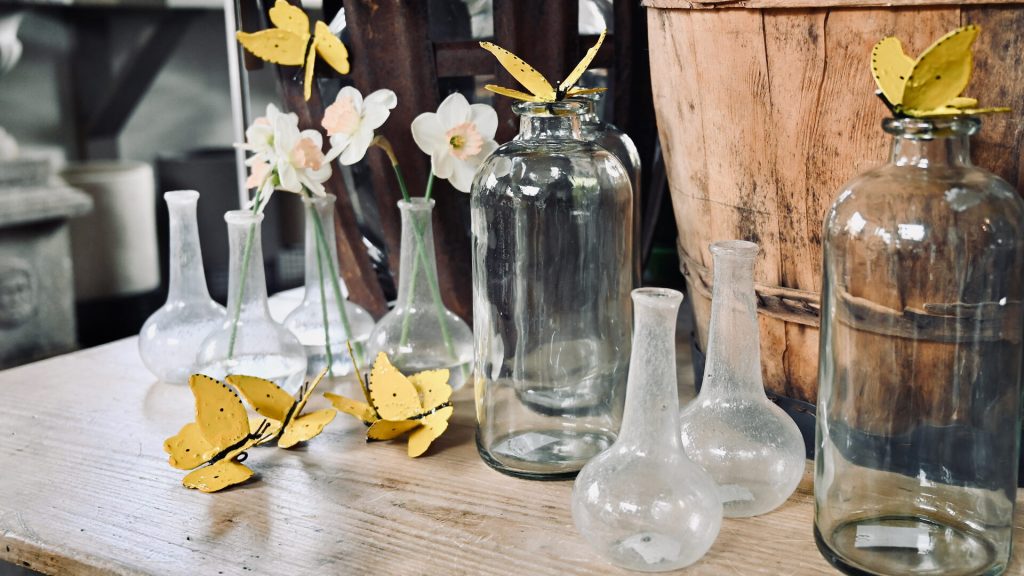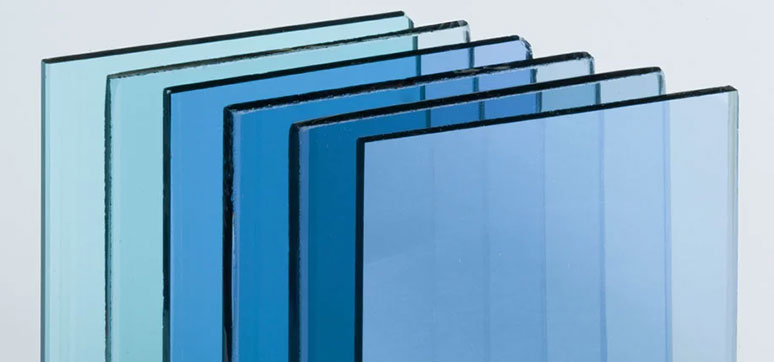Glass fusing and slumping are captivating techniques that allow you to transform flat glass pieces into unique and functional works of art. By using a kiln, you can fuse multiple glass layers together, creating stunning designs and patterns. Slumping, on the other hand, involves shaping the fused glass over a mold to create three-dimensional forms.
In this article, we will explore the world of kiln work in glass crafts, delving into the techniques of glass fusing and slumping. From understanding kiln processes to selecting compatible glass types, this guide will provide you with the knowledge and inspiration to create beautiful and functional glass art.
Understanding Glass Fusing and Slumping
- Glass Fusing: Glass fusing involves stacking layers of compatible glass pieces and heating them in a kiln until they melt together. The glass layers can be arranged in various patterns and designs, allowing for endless creative possibilities. Once fused, the glass can be further shaped through slumping or left as a flat piece.
- Glass Slumping: Glass slumping is the process of shaping fused glass over a mold using heat. The glass is heated until it softens and slumps into or around the mold, creating three-dimensional forms. Slumping allows you to create bowls, plates, vases, and other functional glassware.
Essential Equipment and Materials
- Kiln: A kiln is the primary tool for glass fusing and slumping. It provides controlled heat to melt and shape the glass. Kilns come in various sizes, so choose one that suits your project requirements.
- Glass: Select glass that is compatible for fusing and slumping. Compatible glass has similar coefficients of expansion, which ensures that it will fuse and slump properly without cracking or breaking. Bullseye and Spectrum are popular glass brands known for their compatibility.
- Kiln Shelf and Kiln Wash: A kiln shelf is a flat surface on which you place your glass during firing. It should be coated with kiln wash, a refractory material, to prevent the glass from sticking to the shelf.
- Molds: Molds are essential for shaping fused glass during the slumping process. They come in various shapes and sizes, allowing you to create different forms. Ceramic and stainless steel molds are commonly used.
Techniques for Glass Fusing and Slumping
- Glass Cutting and Preparation: Start by cutting or breaking the glass into desired shapes and sizes. Smooth the edges with a glass grinder or sandpaper. Clean the glass thoroughly to remove any dirt or residue.
- Glass Layering and Design: Arrange the glass pieces on the kiln shelf, layering them to create your desired design or pattern. Experiment with colors, textures, and shapes to achieve unique effects.
- Firing Schedule: Follow a firing schedule appropriate for the type of glass you’re using. This includes the ramp rate (how quickly the kiln heats up), the soaking temperature (the temperature at which the glass fuses), and the annealing process (gradually cooling the glass to relieve internal stresses and prevent breakage).
- Slumping Process: Once the glass has fused, it can be slumped over a mold to create three-dimensional shapes. Place the fused glass on the mold and carefully heat it in the kiln until it slumps and conforms to the mold’s shape.
Safety Considerations
- Ventilation: Ensure your workspace is well-ventilated to prevent the accumulation of harmful fumes from the kiln. Consider using a kiln hood or working in an area with proper airflow.
- Protective Gear: Wear heat-resistant gloves, safety glasses, and appropriate clothing when working with hot glass and a kiln. Protect yourself from potential burns and cuts.
- Kiln Safety: Familiarize yourself with the kiln’s operating instructions and safety precautions. Be mindful of the kiln’s hot surfaces and follow proper shutdown procedures.
Working with kilns in glass crafts opens up a world of creative possibilities. Through glass fusing and slumping, you can create stunning decorative pieces and functional glassware.
By understanding the techniques, selecting compatible glass, and following proper safety precautions, you can confidently embark on your journey of creating beautiful and unique glass art. So, gather your materials, fire up your kiln, and let your creativity flow as you fuse and slump glass into functional art that will captivate and inspire.



